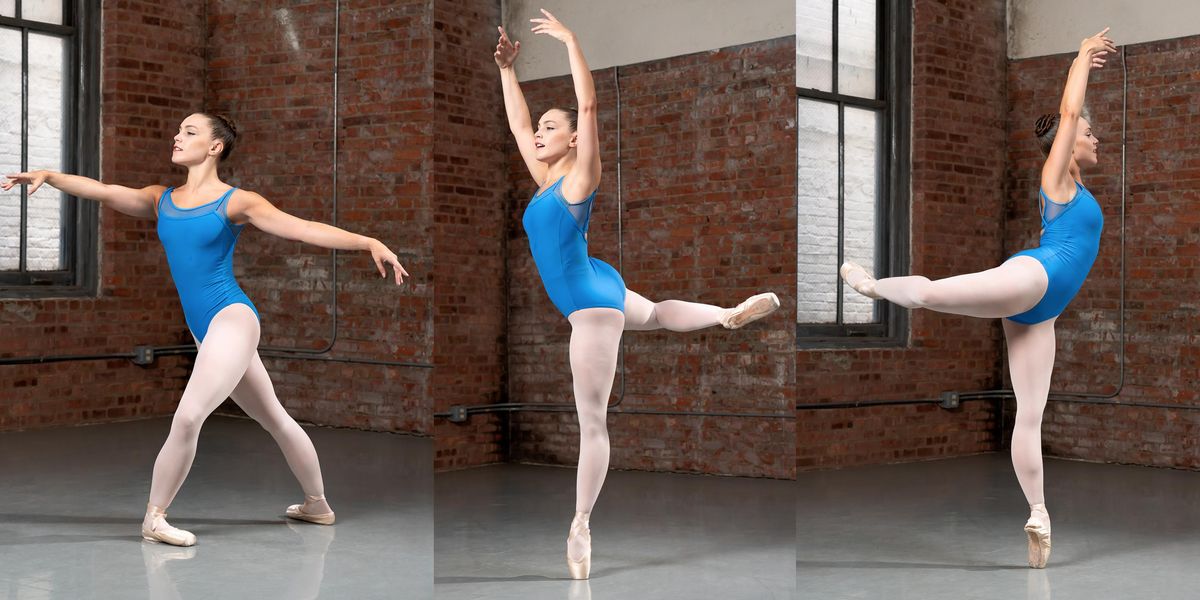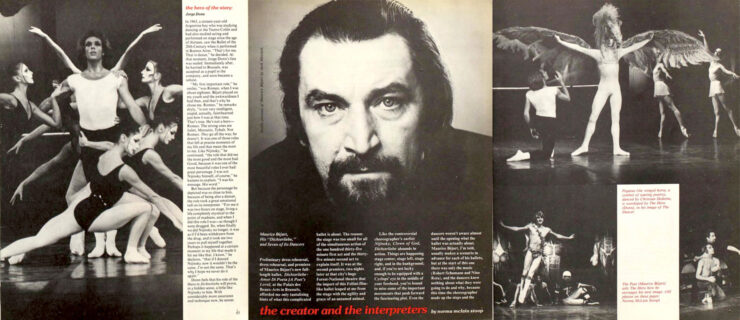What Makes These 6 Turns So Hard—Plus Tips on How to Master Them
Showstopping turns are every dancer’s dream, but they’re some of ballet’s biggest frustrations. We asked the experts for their insights on what makes these turns so challenging—and their best tips for mastering them.
Pirouettes From Fifth Position
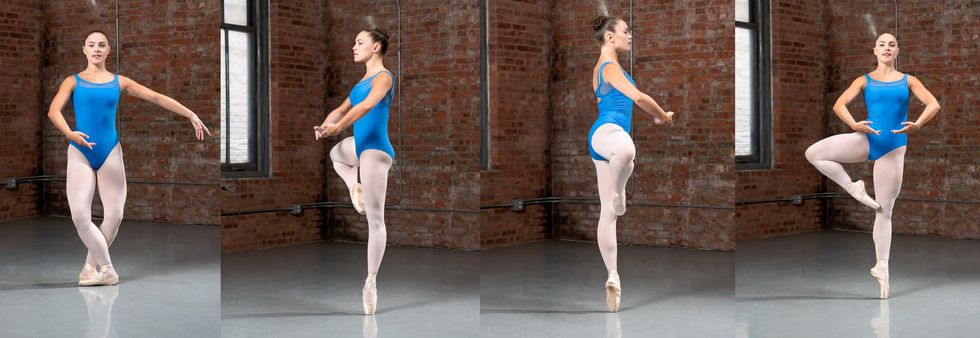
Why They’re Hard:
It’s tricky to generate momentum from a closed fifth, “so dancers try to manufacture force by sticking their bottoms out and leaning forward,” says Jenifer Ringer, dean of the Trudl Zipper Dance Institute at the Colburn School in Los Angeles. “Then when they relevé, they throw themselves backwards.”
Master Them:
As counterintuitive as it may feel, moving straight up and down from a strong center will produce ample force. To maximize energy transfer into the rotation, maintain your turnout from start to finish. “Keep the working knee turned out so that it’s already in position as you go from plié to passé,” Ringer says.
Grand Fouettés en Tournant (Italian Fouettés)
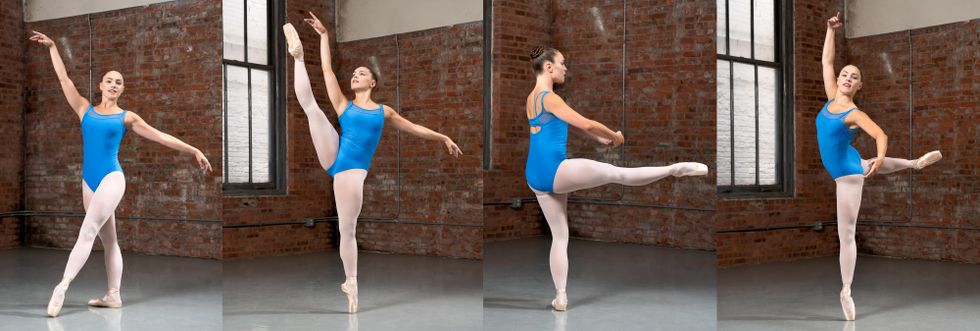
Why They’re Hard:
“The croisé angle has to be sharper than you think,” says Ikolo Griffin, a Pacific Northwest Ballet School faculty member and founder of Just Turns workshops. “A lot of dancers start almost en face, and then when they try to fouetté, the leg goes to the side, barely going upstage.” Brushing the leg in a turned-out position as you move through first position is also difficult.
Master Them:
Griffin recommends starting in a steeply angled écarté. Then, using the line of your développé as a plumb line, maintain turnout as you brush through first and extend the working leg upstage to set up the fouetté into attitude. (You should feel like you’re brushing the leg almost entirely upstage.) Moving the arms through first rather than low fifth pro-motes a more upright posture, making it easier to get into relevé or onto pointe in the fouetté.
Pirouettes à la Seconde
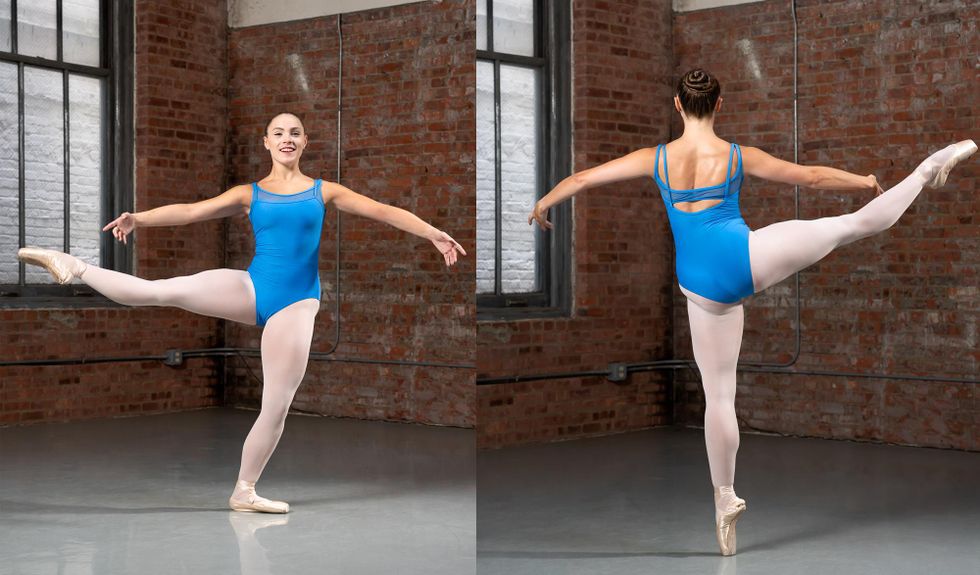
Why They’re Hard:
Simultaneously balancing and relevéing on the supporting leg, and steadying the working leg
Master Them:
San Francisco Ballet principal Sasha De Sola, famed for her rock-solid turns, visualizes an ankle weight on her extended leg. “It helps me keep energy through the leg and let centrifugal force keep it at a steady level.” Griffin tells dancers to “move straight up and down as you relevé on the supporting leg—if you lean for-ward on the plié and back on the relevé, it throws you off.”
Chaîné Turns
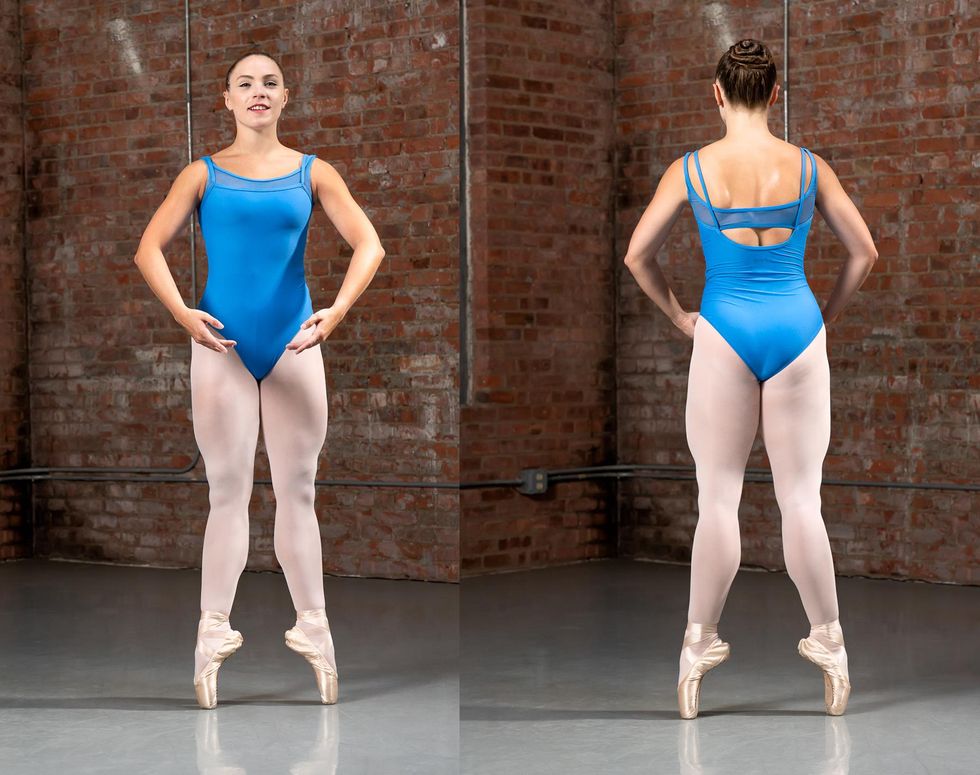
Why They’re Hard:
Dancers frequently travel too far with each rotation, and end up opening the legs out to second position.
Master Them:
Griffin advises keeping the feet in a tight first position, with your heels together, and holding your chin level as you spot. “Then you can do a lot of chaînés quickly, and it looks really impressive,” he says.
Back Attitude Turns
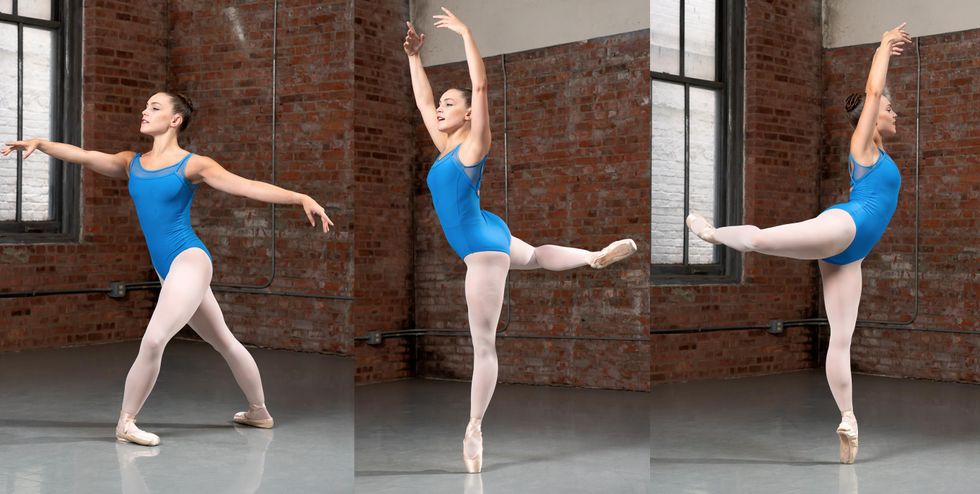
Why They’re Hard:
Rotating with your weight behind you requires awkward counterbalance.
Master Them:
Ringer reminds dancers to get over their front leg in the fourth-position preparation for en dedans turns. “If you’re over the back leg in fourth, that’s two motions you have to do”—shifting your weight forward and lifting up into relevé—reducing the amount of force you’re putting into the rotation, Ringer explains. With the weight squarely over the front leg, “you can just relevé straight up and lock your back and attitude leg against each other to hold the position and not let it be disrupted as you revolve.” For en dehors turns, De Sola creates the necessary counterbalance by keeping her upper body lifted and placing her arms in high fifth, forward enough that “if you were to lookup, you could see your palms.”
Turns en Manège

Why They’re Hard:
It’s easy to lose your spatial orientation as you move around the circle.
Master Them:
De Sola maps out her spot and exactly where she wants to be in each part of the circle, and rehearses it over and over. “I’ll plan to do three turns across the front, then the fourth on the diagonal, and so on—everything is calculated,” she says. “Think of each sequence of turns as linear, and allow each turn to finish before you change your spot for the next one.”
